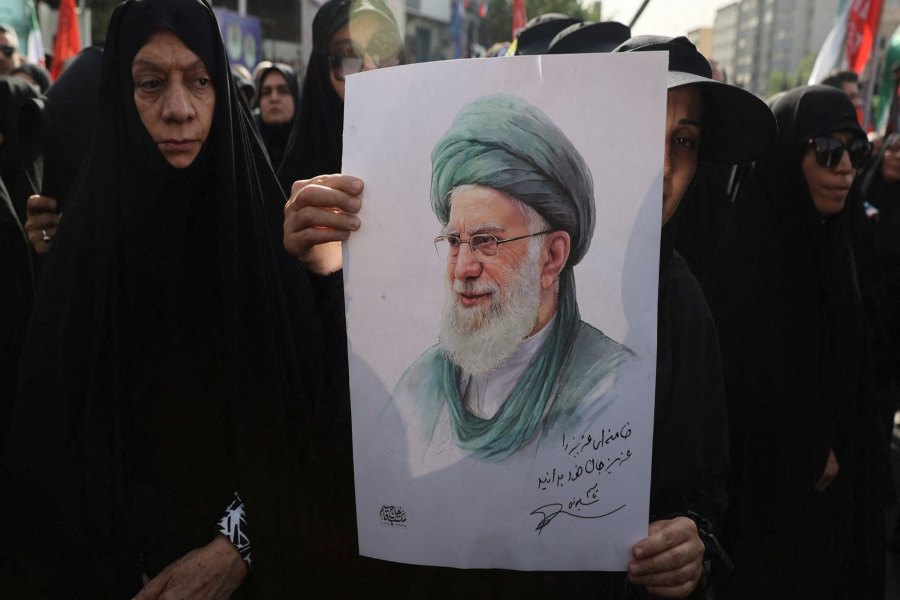Tensions between the U.S. and Iran have reached new heights following a fiery exchange between President Donald Trump and Iran’s Supreme Leader, Ayatollah Ali Khamenei. The confrontation began after Khamenei claimed that Iran had emerged victorious in the ongoing conflict with Israel, a bold statement that sparked outrage in the U.S. President Trump wasted no time responding, calling Khamenei’s remarks “outrageous” and “completely unfounded.” He further criticized the Iranian leader personally, accusing him of destabilizing the region and undermining global security.
In retaliation, Iran’s Foreign Minister Mohammad Javad Zarif condemned Trump’s tone, calling his comments “disrespectful” and “unacceptable.” Zarif’s words underscored the escalating diplomatic standoff between the two countries. Iran’s government-backed protests soon erupted in Tehran, with demonstrators chanting “Death to America,” a haunting reminder of the deep animosity that has long characterized U.S.-Iran relations. These chants, which have become a symbol of Iran’s hardline stance, amplified the already tense situation, as the regime sought to rally its population against what it perceived as a U.S. threat.
Trump’s remarks align with his broader foreign policy strategy, which frequently involves confronting adversaries directly. The U.S. president’s brash comments against Khamenei and Iran’s leadership are a hallmark of his “America First” approach, intended to project strength on the global stage. Yet, they have only intensified the rhetoric between the two nations, with both sides accusing the other of escalating tensions. Zarif’s response, calling for more diplomatic engagement rather than belligerence, was a clear challenge to Trump’s confrontational stance.
While diplomatic leaders worldwide have urged both countries to de-escalate, the rhetoric from Washington and Tehran has continued to escalate. The European Union has voiced its concerns, stressing that continued hostility could lead to further instability in an already volatile region. Similarly, China has expressed concerns about the potential for military escalation, urging both sides to engage in peaceful dialogue. However, with both the U.S. and Iran standing firm in their respective positions, the chances of a peaceful resolution remain uncertain.
The situation has prompted widespread speculation about the future of U.S.-Iran relations. Both nations are engaged in a high-stakes game of diplomatic brinkmanship, with Trump and Khamenei each trying to assert their dominance on the international stage. As Iran’s government continues to push its narrative of defiance against the U.S., the risk of miscalculation grows. The protests in Tehran and the inflammatory remarks from both sides have only served to heighten tensions, raising the stakes of this already precarious standoff.
The global community watches anxiously as the verbal war intensifies. While the possibility of direct military conflict remains uncertain, the diplomatic fallout from these ongoing exchanges could have long-lasting repercussions on international relations. With both nations unwilling to back down, the question remains: will the U.S. and Iran find a way to negotiate a peaceful resolution, or will their rhetoric push them toward a more dangerous confrontation?
The outcome of this escalating war of words is yet to be determined, but it is clear that the stakes are incredibly high. For now, the world holds its breath, waiting to see whether diplomacy can prevail or if both sides will continue to escalate the situation. As the U.S. and Iran exchange increasingly harsh remarks, the possibility of a broader conflict looms large. Only time will tell how this tense standoff will unfold.
